What Are The Symptoms Of Ulcers In Horses
Definition of gastric ulcers in horses
Gastric ulcers in horses are erosions or sores that form in the stomach lining. These ulcers can occur in the upper portion of the horse’s stomach, the squamous mucosa, or the lower portion, the glandular mucosa. These ulcers can be caused by various factors, including stress, a diet high in concentrates and low in forage, intense exercise, and certain medications. Common signs of horse ulcers include behavioural changes such as irritability or decreased performance, poor appetite, abdominal pain, weight loss, and recurrent colic. Diagnosis of ulcers may be confirmed through endoscopic examination of the stomach by your vet.Types of ulcers in horses
Gastric ulcers occur in the horse’s stomach and are a common issue, particularly in performance horses. These ulcers are often caused by stress, diet, and management factors and can result in symptoms such as poor appetite, poor body condition, and changes in behaviour. Horses can develop two types of ulcers: glandular mucosal ulceration and squamous mucosal ulceration. Squamous ulcers affect the white top third of the stomach and reflect increased acid exposure of the tissue. Glandular ulcers affect the pink bottom 2/3 of the stomach, particularly the final 1/3 called the antrum. The main difference between gastric ulcers (EGUS) and hindgut ulcers is their location in the horse’s digestive tract. Gastric ulcers occur in the equine stomach, while hindgut ulcers occur in the large colon.Clinical signs of gastric ulcers in horses
Clinical signs of gastric ulcers in horses may include loss of appetite, weight loss, poor coat condition, decreased performance, poor body condition, and teeth grinding. Horses with ulcers may also display signs of discomfort, such as laying down more than usual, excessive pawing, and stretching the front legs. Other noticeable symptoms of gastric ulceration may include a dull coat, poor performance, intermittent colic symptoms, and sensitivity to grooming or saddling. The majority of horses will display one or more of the above signs in adult horses. In horses with severity of ulcers, may exhibit signs of hindgut ulcers such as diarrhea or may show signs of chronic pain such as chronic lameness, behavioral changes and instances of colic. It is important to note that not all horses with gastric ulcers will display all these signs, and some horses may show no outward clinical signs. If you suspect your horse may have equine ulcers, it is essential to consult your vet for a proper diagnosis and treatment plan.Here is your introductory Aloeride Offer!
Give your horse 12 litres of Soil Association Organic Aloe Vera Barbadensis Miller in 30 palatable powder servings. One supplement with many benefits to your horse (and you)..
Risk factors for ulcers in horses
A variety of factors can cause gastric ulcers in horses. Some of the common risk factors for gastric ulcers in horses include:- Diet: Horses fed infrequently, have limited access to forage, or are on high-grain diets are at a higher risk of developing gastric ulcers. Forage ration for extended periods is not good for gut health. Feeding smaller meals 3-5 times per day is preferable.
- Stress: Competition horses exposed to stressful situations such as training, showing, travelling, or being in a busy, stable environment are more prone to developing ulcers.
- Medications: Certain medications, such as non-steroidal anti-inflammatory drugs (NSAIDs) or corticosteroids, can increase the risk of ulcers in horses.
- Exercise: Intense exercise, mainly if the horse’s stomach is empty, can create excessive acid production, with ‘acid splash’ contributing to the development of ulcers. This can affect individual horses differently, but feeding a scoop of chaff thirty minutes before exercise can help soak up any excess stomach acid from splashing, thus causing ulcers.
- Management factors: Horses at risk include limited turnout, being stabled for prolonged periods, social isolation, and inadequate access to fresh water.



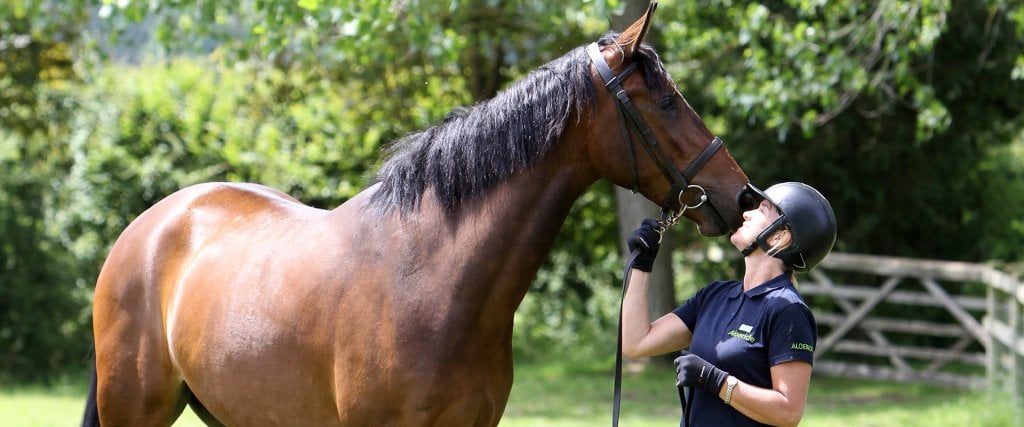
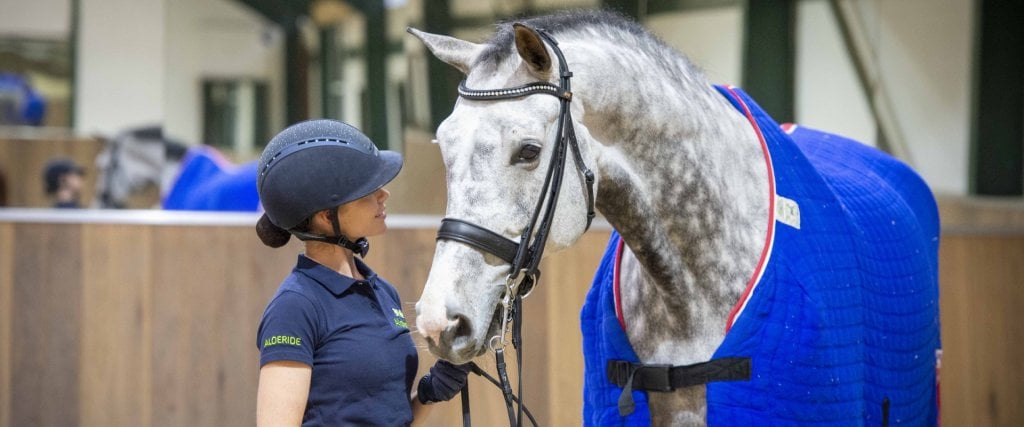
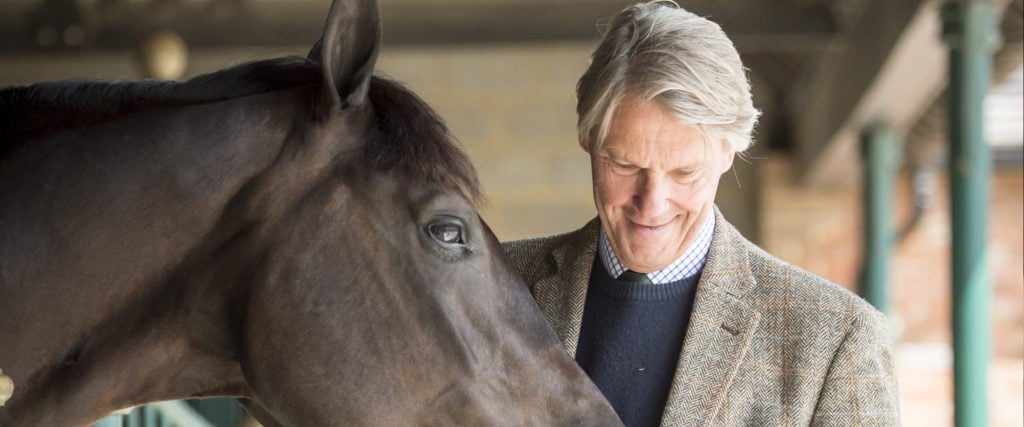
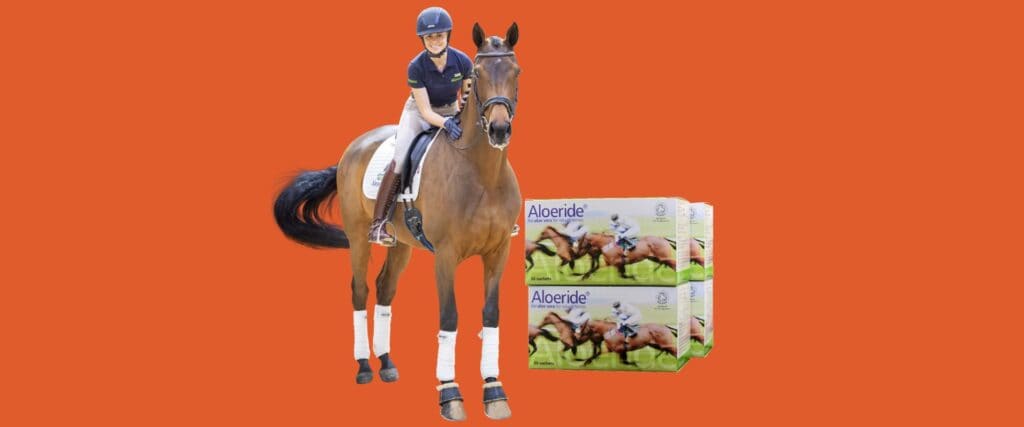
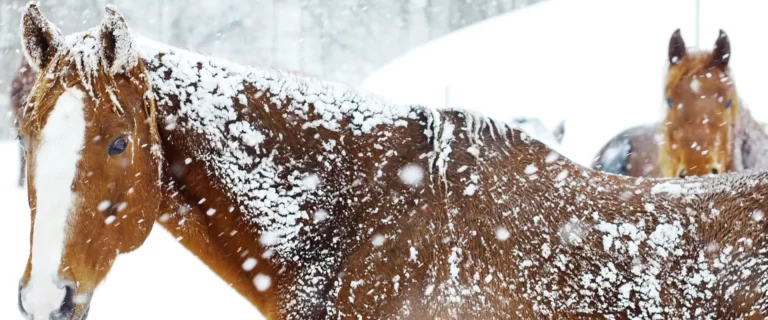
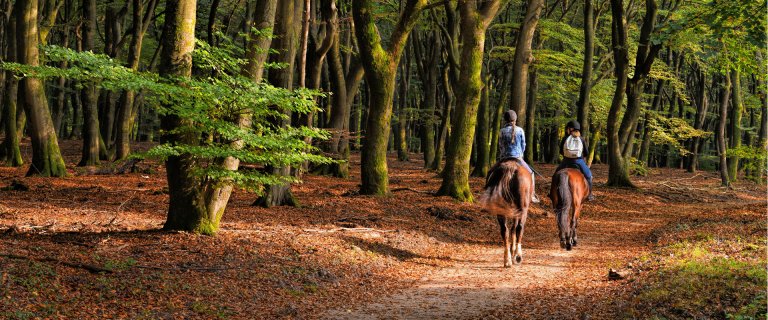


Great article
Dear Bev Melanchuk, thank you for your lovely feedback! Kind regards, Han.
Thanks for the great read you can never have enough information on ulcers. I have had my horse scoped which confirmed ulcers, but knowing that it’s much more manageable. Feeding, riding and stress are just a few common denominators when it comes to ulcers. Thanks again
Dear Michelle, stress absolutely when one steps too far away from what a (the) horse would do in the wild. In respect of diet you may find my scribbles https://www.aloeride.com/try-reverse-to-make-your-horse-go-forward/ of interest. Did you see the banner in the article that enables you to purchase 3 boxes of Aloeride and get 1 free? A wonderful help for our horse it’d be, kind regards, Han.